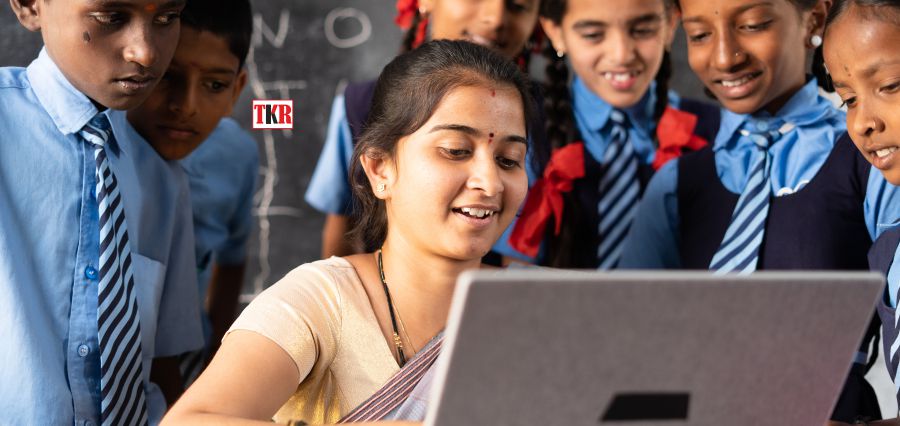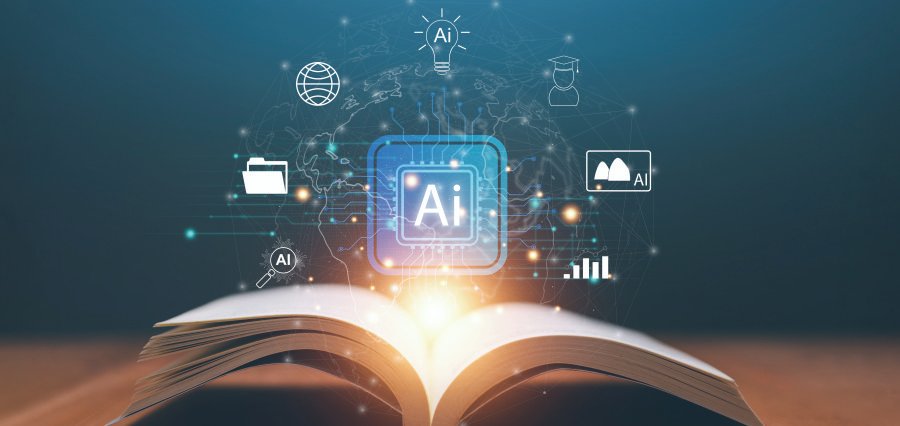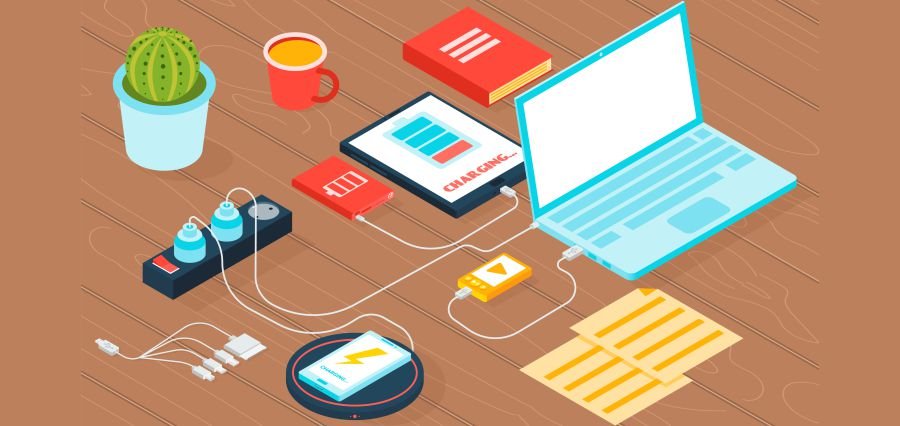The evolution from STEM (Science, Technology, Engineering, and Mathematics) to STEAM, which integrates the Arts, is more than just a trend—it represents a fundamental shift in education that addresses the needs of a rapidly changing world. While STEM has been the cornerstone of education, particularly in India, the inclusion of the Arts in this framework nurtures creativity, innovation, and emotional intelligence, skills that are increasingly essential in today’s workforce.
Creativity, once considered an optional skill, is now seen as a necessity for future jobs. The World Economic Forum’s 2023 report highlights creativity as one of the top three skills needed in the 21st century. By incorporating the Arts, STEAM education enables students to approach problems from different perspectives, fostering innovative solutions that might not emerge through traditional STEM disciplines alone.
Recent studies, such as the 2022 research published in the International Journal of STEM Education, show that integrating the Arts enhances cognitive abilities and encourages emotional and social development. This interdisciplinary approach helps students not only understand complex concepts in a more engaging way but also develop skills like teamwork and empathy, which are critical in modern workplaces.
Moreover, STEAM education emphasizes real-world applications of knowledge, bridging the gap between theoretical learning and practical use. Concepts like design thinking, rooted in the Arts, are increasingly applied in technology and engineering fields, ensuring that students are not only technically proficient but also capable of creating user-centered solutions.
As industries evolve with technologies like AI and IoT, the STEAM framework prepares students to be adaptable, lifelong learners. By blending analytical and creative skills, STEAM education equips students with the tools needed to navigate and lead in an interconnected, complex world.
Read More: https://theknowledgereview.com/









